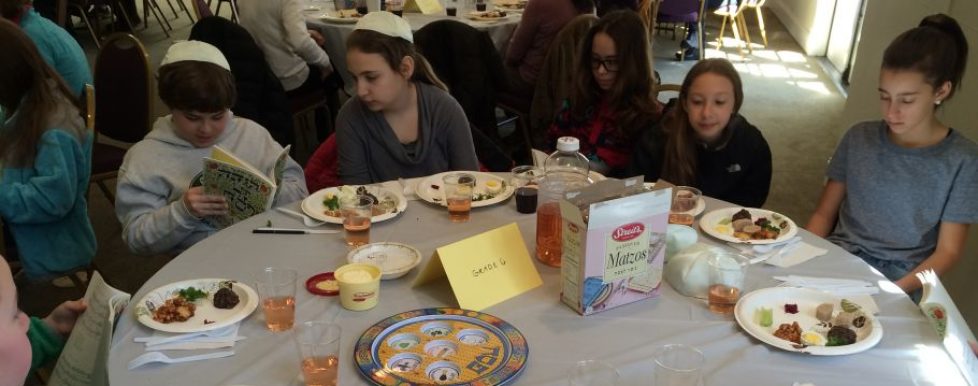Rosh Hashanah (literally, “Head of the Year”) is the Jewish New Year, which marks the beginning of a 10-day period of prayer, self-examination and repentance. This period, known as the Yamim Noraim (Days of Awe or High Holy Days), is widely observed by Jews throughout the world, many with prayer and reflection in a synagogue. There also are several holiday rituals observed at home.Rosh Hashanah is celebrated on the first day of the Hebrew month of Tishrei, which—because of differences in the solar and lunar calendar—corresponds to September or October on the secular calendar.
Although the holiday includes elements of joy and celebration,В Rosh HashanahВ is a deeply religious occasion. The customs and symbols ofВ Rosh HashanahВ reflect the holiday’s dual emphasis on both happiness and humility. Customs observed onВ Rosh HashanahВ include the sounding of theВ shofarВ (ram’s horn) and eating special foods including roundВ challah, which symbolizes the circle of life, and sweet foods for a sweet New Year. It is also customary to extend wishes for a good year. In Hebrew, the simple form of the greeting is “L’shanahВ tovah!
 Yom KippurВ means “Day of Atonement” and refers to the annual Jewish observance of fasting, prayer and repentance.В Yom KippurВ is considered the holiest day on the Jewish calendar. In three separate passages in theВ Torah, the Jewish people are told, “the tenth day of the seventh month is the Day of Atonement. It shall be a sacred occasion for you: You shall practice self-denial.”(Leviticus 23:27). Fasting is seen as fulfilling this biblical commandment. TheВ Yom KippurВ fast also enables us to put aside our physical desires to concentrate on our spiritual needs through prayer, repentance, and self-improvement.
Yom KippurВ means “Day of Atonement” and refers to the annual Jewish observance of fasting, prayer and repentance.В Yom KippurВ is considered the holiest day on the Jewish calendar. In three separate passages in theВ Torah, the Jewish people are told, “the tenth day of the seventh month is the Day of Atonement. It shall be a sacred occasion for you: You shall practice self-denial.”(Leviticus 23:27). Fasting is seen as fulfilling this biblical commandment. TheВ Yom KippurВ fast also enables us to put aside our physical desires to concentrate on our spiritual needs through prayer, repentance, and self-improvement.
Yom KippurВ is the moment in Jewish time when we dedicate our mind, body, and soul to reconciliation with God, our fellow human beings, and ourselves. We are commanded to turn to those whom we have wronged first, acknowledging our sins and the pain we might have caused. At the same time, we must be willing to forgive and to let go of certain offenses and the feelings of resentment they provoked in us. On this journey, we are both seekers and givers of pardon. Only then can we turn to God an

